In pictures: Hungry Ghost Festival
- Published

The Hungry Ghost Festival marks the Chinese belief that ghosts are allowed to return to Earth in search of food, rest and entertainment.
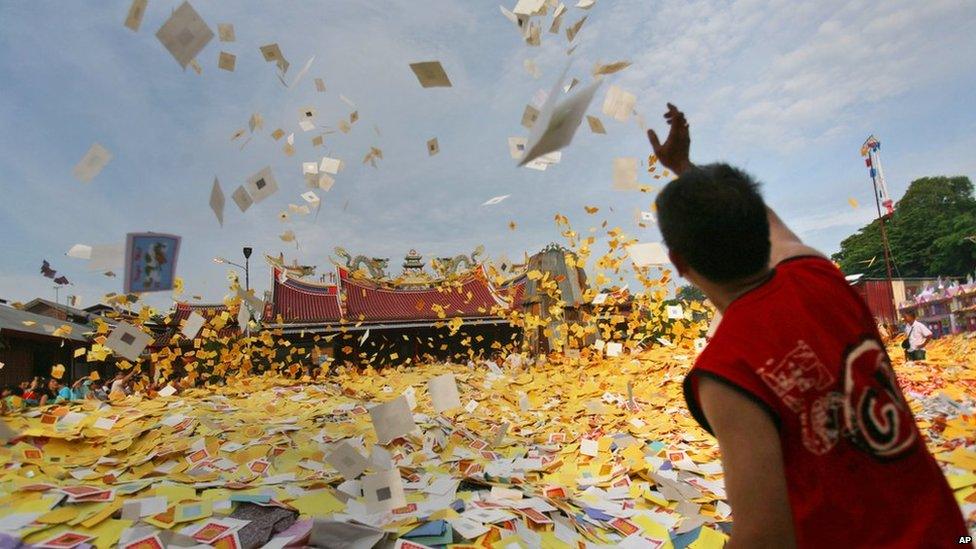
The month-long religious festival is celebrated in Chinese communities around the world, including in Hong Kong, Taiwan, Singapore, Indonesia and Malaysia.
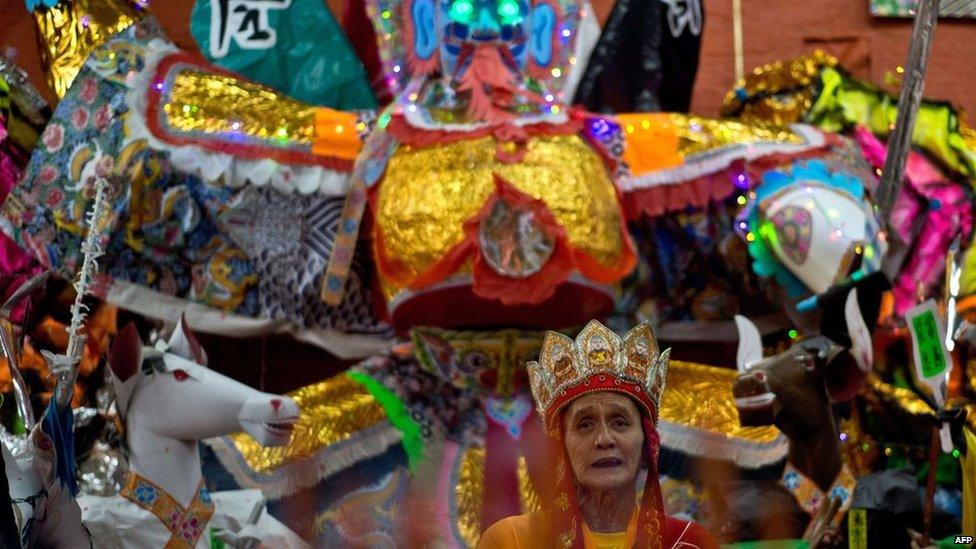
A priest in Kuala Lumpur, Malaysia, offers prayers in front of a Chinese deity during late-night festivities at a temple.

"Hell money", effigies and joss sticks are commonly burnt during the month-long festival as a sign of offerings to the deceased.

In China, water lanterns which are lit up by worshippers and released in rivers, are believed to help hungry ghosts find their way home.
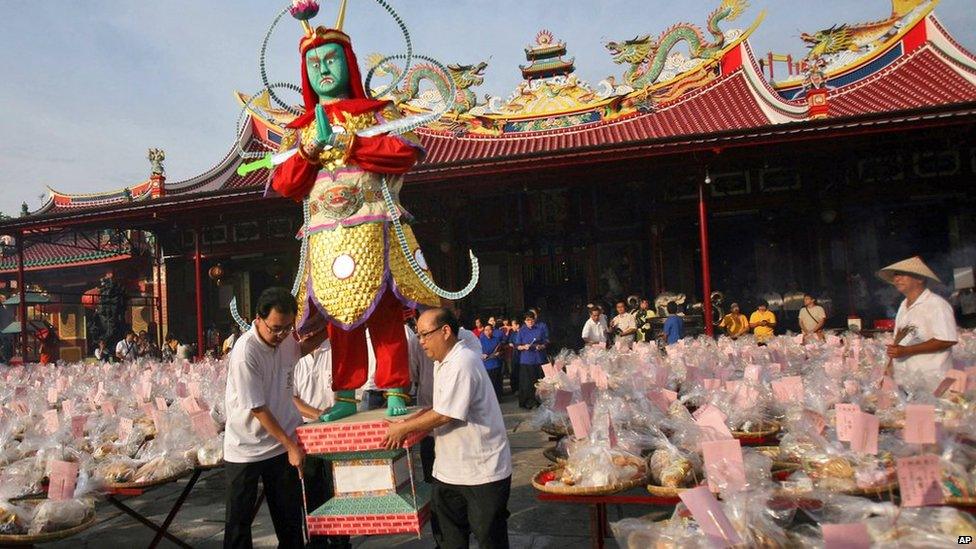
In this picture, ethnic Chinese-Indonesians in Medan, northern Sumatra, transport an effigy depicting the Chinese Ghost King.
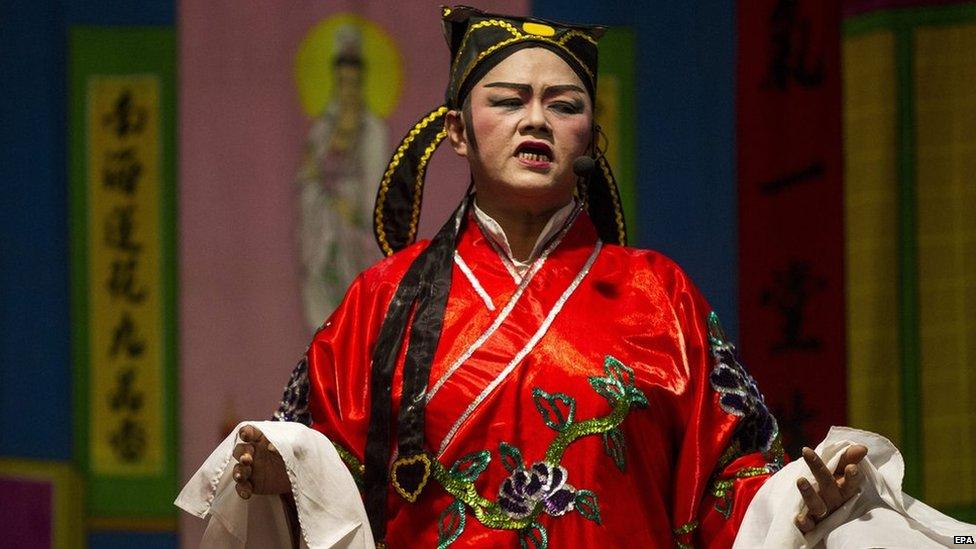
Performances are also commonly staged by Chinese opera groups to symbolise the appeasing of restless spirits.

A Chinese monk throws gold coins to worshippers for good luck during preparations at a temple in Kuala Lumpur, Malaysia.
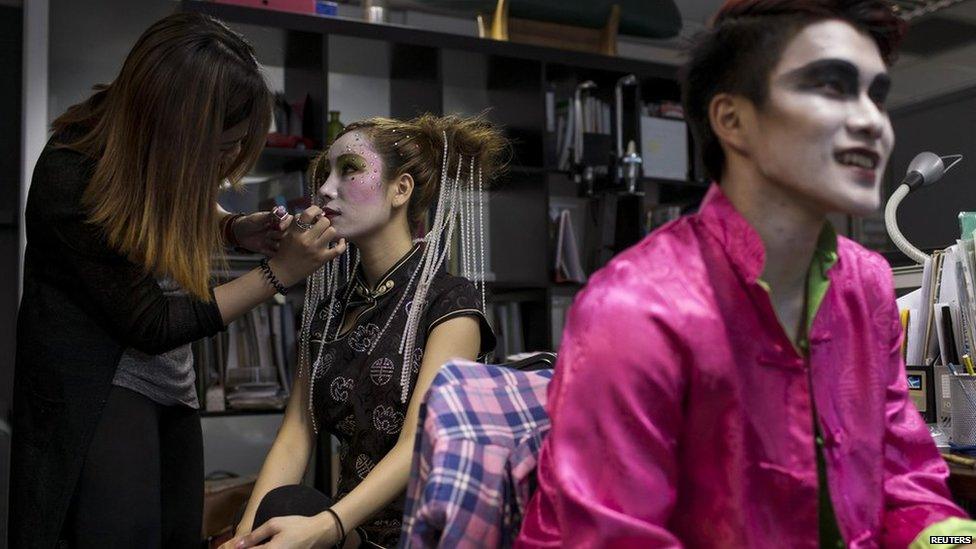
This year in Hong Kong, a fashion designer has staged a "funeral fashion show" to challenge traditional ways of celebrating the event.
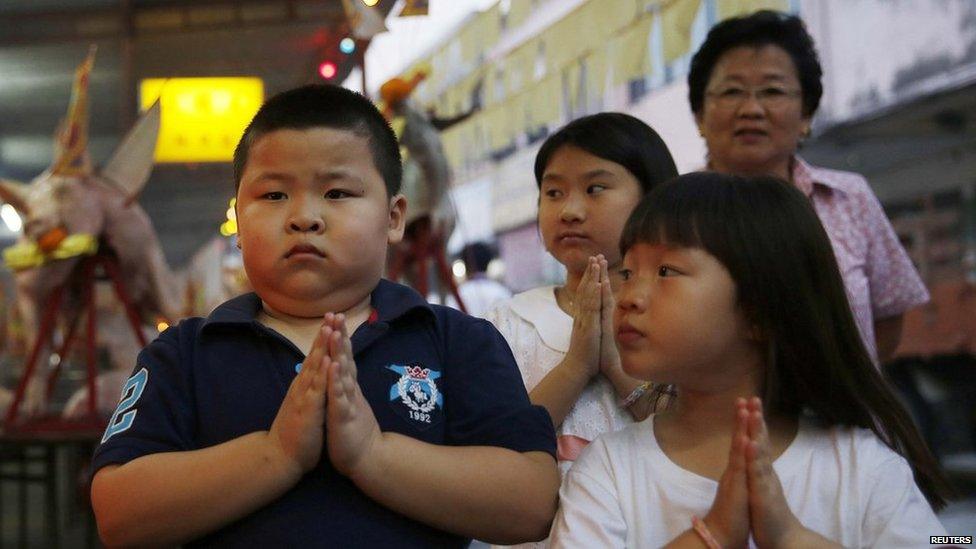
In accordance with superstition, children are advised not to stay out late at night, go swimming or visit cemeteries during the festival. Touching or disturbing joss sticks or offerings is also discouraged.